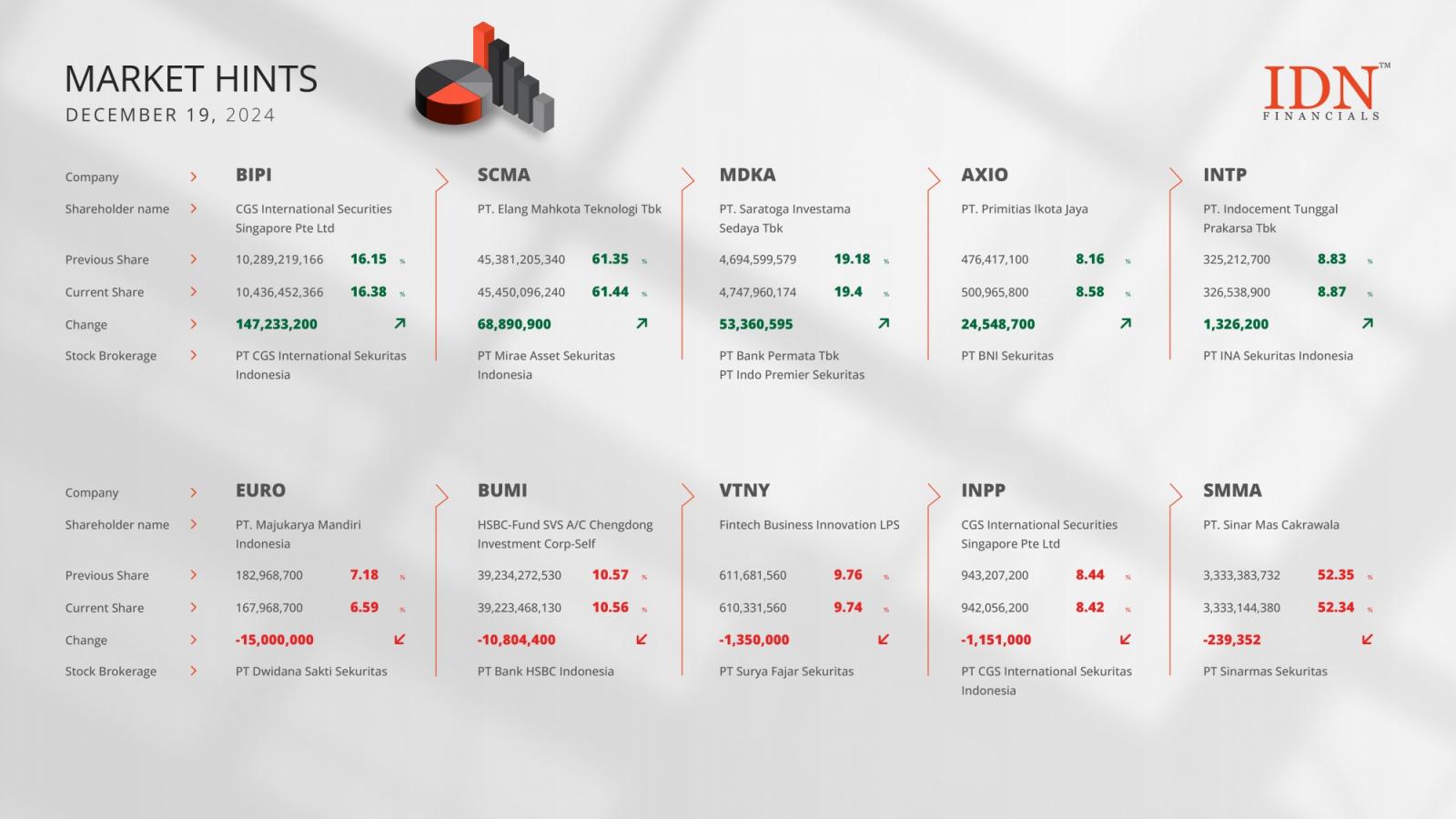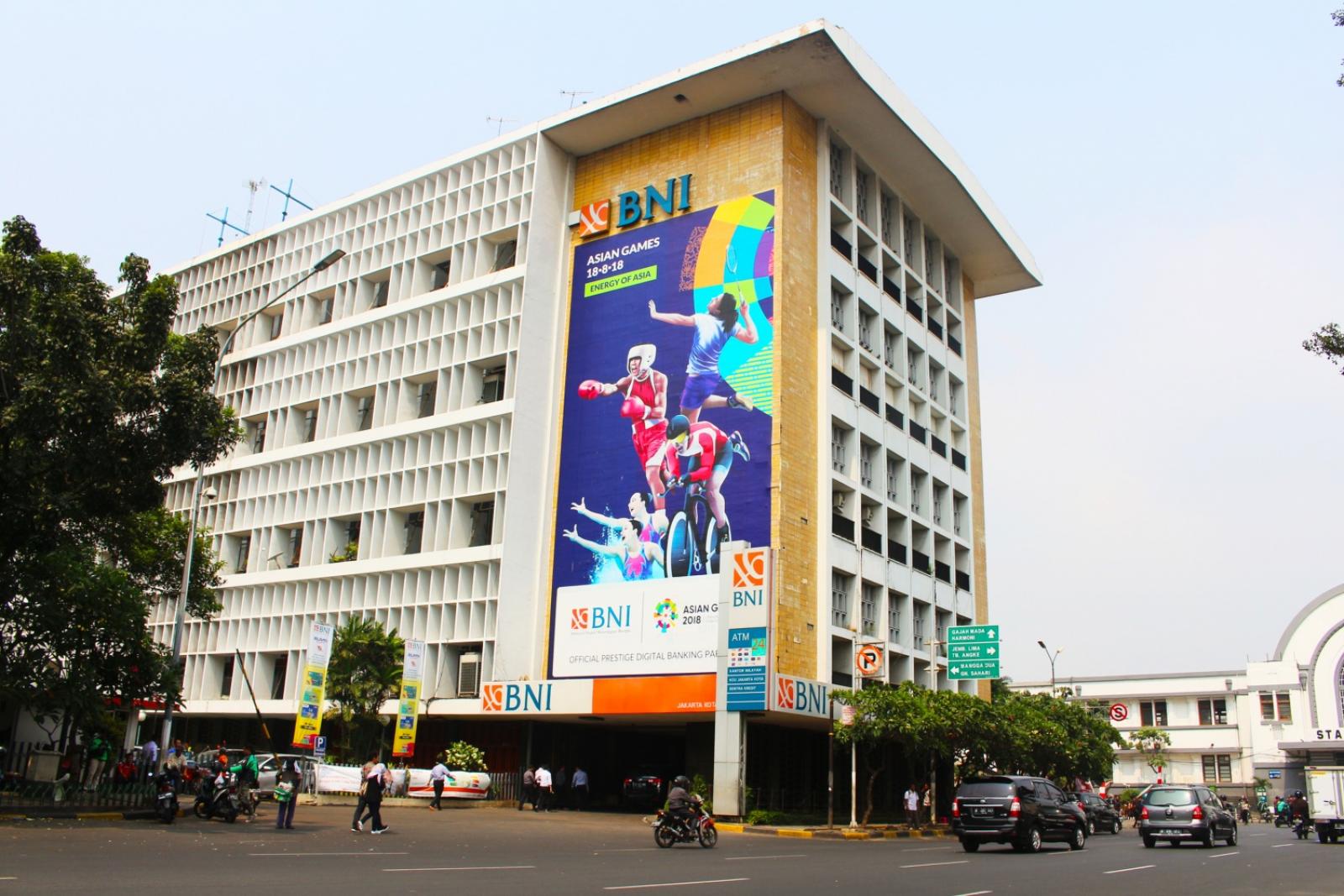The Russian Central Bank says it has noticed a significant rise in citizens’ transactions on crypto exchanges and peer-to-peer crypto trading platforms.
Per the Russian media outlet RBC, the bank has published a financial stability report, making several observations on Russian citizens’ crypto transactions.
The bank wrote about trends it had noticed from the fourth quarter of the Financial Year 2023 to the first quarter of FY2024.
The regulator wrote that the “total web traffic of Russian users on the websites of the largest cryptocurrency platforms” increased by 16.4% “compared to the second and third quarters of 2023.”
Russian Central Bank: Citizens More Active on Crypto Platforms
The bank said that Russians made a total of 104.6 million visits to crypto exchanges and P2P sites.
The average monthly number of unique Russian IP address-holders to “major crypto exchanges” also increased by 15.1%, the bank said.
This means that 7% of all the traffic on these major overseas crypto exchanges originates from Russia, the bank added.
However, this is still short of the 9% peak the bank reported in the first quarter of FY2023.
The bank said it had used a tool named Transparent Blockchain to make its calculations.
The tool was developed by the Federal Financial Monitoring Service (aka Rosfinmonitoring), in a bid to fight crypto-powered money laundering.
Russian officials claim Transparent Blockchain lets them identify the “true” identity of crypto users on multiple blockchain protocols.
The Russian Parliament proposes to ban the organization of cryptocurrency circulation in Russia from September 1, 2024, as well as the advertising of cryptocurrencies. Only miners and projects approved by the Central Bank will be able to obtain the right. However, this proposal…
— Wu Blockchain (@WuBlockchain) April 29, 2024
The report suggests that Russians remain keen on higher-cap cryptoassets like Bitcoin (BTC) and Ethereum (ETH). They also appear to use USD-pegged stablecoins like USDT and USDC.
In total, transactions “potentially attributable” to Russians amounted to over $50.2 billion in the same period.
This, analysts noted, includes not only crypto trades, but also P2P payments, remittances, and “payments for goods and services.”
Crypto Is Risky, Regulator Warns
RBC noted that the Russian Central Bank report “does not publish a list of the crypto platforms it has monitored.”
However, it added that “previous Central Bank financial risk reports” have included data from platforms such as Binance, Bybit, MEXC, KuCoin, and others.
Part of the reason for the spike in transactions may be due to Binance’s exit from the Russian market.
The bank thinks that at the time of its exit from Russia, Binance had cornered just short of half of the nation’s crypto market.
And the bank further warned Russian crypto users of the “dangers” and risks” involved with holding crypto in Russia.
It wrote that it was “necessary to assess the risks associated with possible sanctions from unfriendly countries.”
The U.S. has slapped Russia with more sanctions – this time targeting a number of crypto-related entities and individuals due to potential evasions aimed at funding the Putin-led country’s invasion of Ukraine.https://t.co/c8uQC1K7FB
— Cryptonews.com (@ ) March 26, 2024
It claimed that, with tensions rising between the West and Moscow, Russian USDT and USDC holders risk “loss of access to their funds.”
The bank said that such losses “cannot be ruled out if [Russians] are blocked by stablecoin issuers.”
This week, we welcomed the @EUCouncil decision on the use of proceeds from immobilised Russian assets for Ukraine.
The decision will allow the extraordinary revenues from immobilised assets of the Russian Central Bank, to be used to support Ukraine's most immediate needs.
— European Commission (@EU_Commission) May 26, 2024
RBC noted that in the US and UK, regulators are increasing their scrutiny of “transactions with stablecoins,” as “control over crypto exchanges is being tightened.”
The bank further warned that governments of “unfriendly nations” could order crypto exchanges to “strengthen control over user transactions, including within the framework of sanctions restrictions.”
But in its “recommendations” for Russian “financial organizations,” the bank hinted at forthcoming Russian regulations.
The bank “recommended” that domestic financial providers should “not offer financial instruments tied to cryptoassets.”
It also advised banks “not to advertise services related to the circulation of cryptoassets.”





